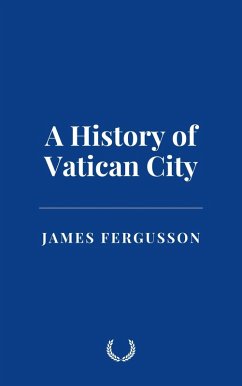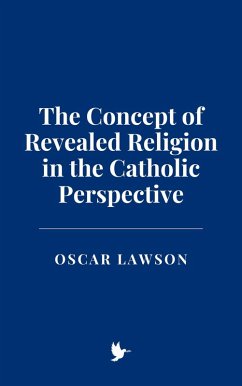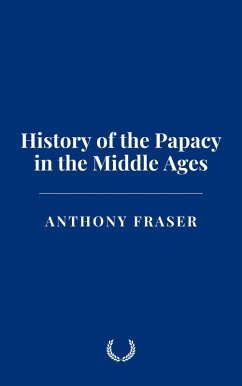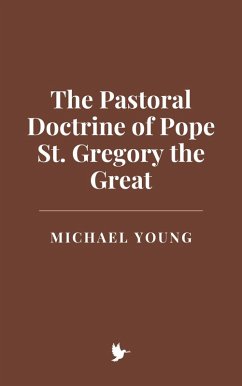
The History of L'Osservatore Romano, the Holy See's Journal (eBook, ePUB)

PAYBACK Punkte
0 °P sammeln!
The history of L'Osservatore Romano is inseparably intertwined with the broader narrative of the Catholic Church's engagement with modernity, its relationship with the secular world, and its mission to articulate and defend the faith in a rapidly changing society. Established on July 1, 1861, in the twilight of the Papal States, the journal emerged as a response to the turbulent political and cultural upheavals of the time. Italy was undergoing its Risorgimento-a complex and contentious movement toward unification that often clashed with the interests and sovereignty of the Holy See. Against t...
The history of L'Osservatore Romano is inseparably intertwined with the broader narrative of the Catholic Church's engagement with modernity, its relationship with the secular world, and its mission to articulate and defend the faith in a rapidly changing society. Established on July 1, 1861, in the twilight of the Papal States, the journal emerged as a response to the turbulent political and cultural upheavals of the time. Italy was undergoing its Risorgimento-a complex and contentious movement toward unification that often clashed with the interests and sovereignty of the Holy See. Against this backdrop, L'Osservatore Romano was born, not as an official organ of the Vatican initially, but as a lay initiative aiming to protect and amplify Catholic values amidst the growing secularism and anti-clericalism of 19th-century Europe.
From its inception, L'Osservatore Romano stood out as more than a simple newspaper; it was a strategic endeavor to offer intellectual and theological resistance to the forces that sought to marginalize the Church. Its founders, Nicola Zanchini and Giuseppe Bastia, envisioned a publication that could serve as a counterweight to the aggressive secular press dominating Italy at the time. The journal took its name from the Latin word observare, meaning "to observe," signifying its mission to scrutinize and comment on the events of the day through the lens of Catholic doctrine and morality.
From its inception, L'Osservatore Romano stood out as more than a simple newspaper; it was a strategic endeavor to offer intellectual and theological resistance to the forces that sought to marginalize the Church. Its founders, Nicola Zanchini and Giuseppe Bastia, envisioned a publication that could serve as a counterweight to the aggressive secular press dominating Italy at the time. The journal took its name from the Latin word observare, meaning "to observe," signifying its mission to scrutinize and comment on the events of the day through the lens of Catholic doctrine and morality.
Dieser Download kann aus rechtlichen Gründen nur mit Rechnungsadresse in A, B, CY, CZ, D, DK, EW, E, FIN, F, GR, H, IRL, I, LT, L, LR, M, NL, PL, P, R, S, SLO, SK ausgeliefert werden.













